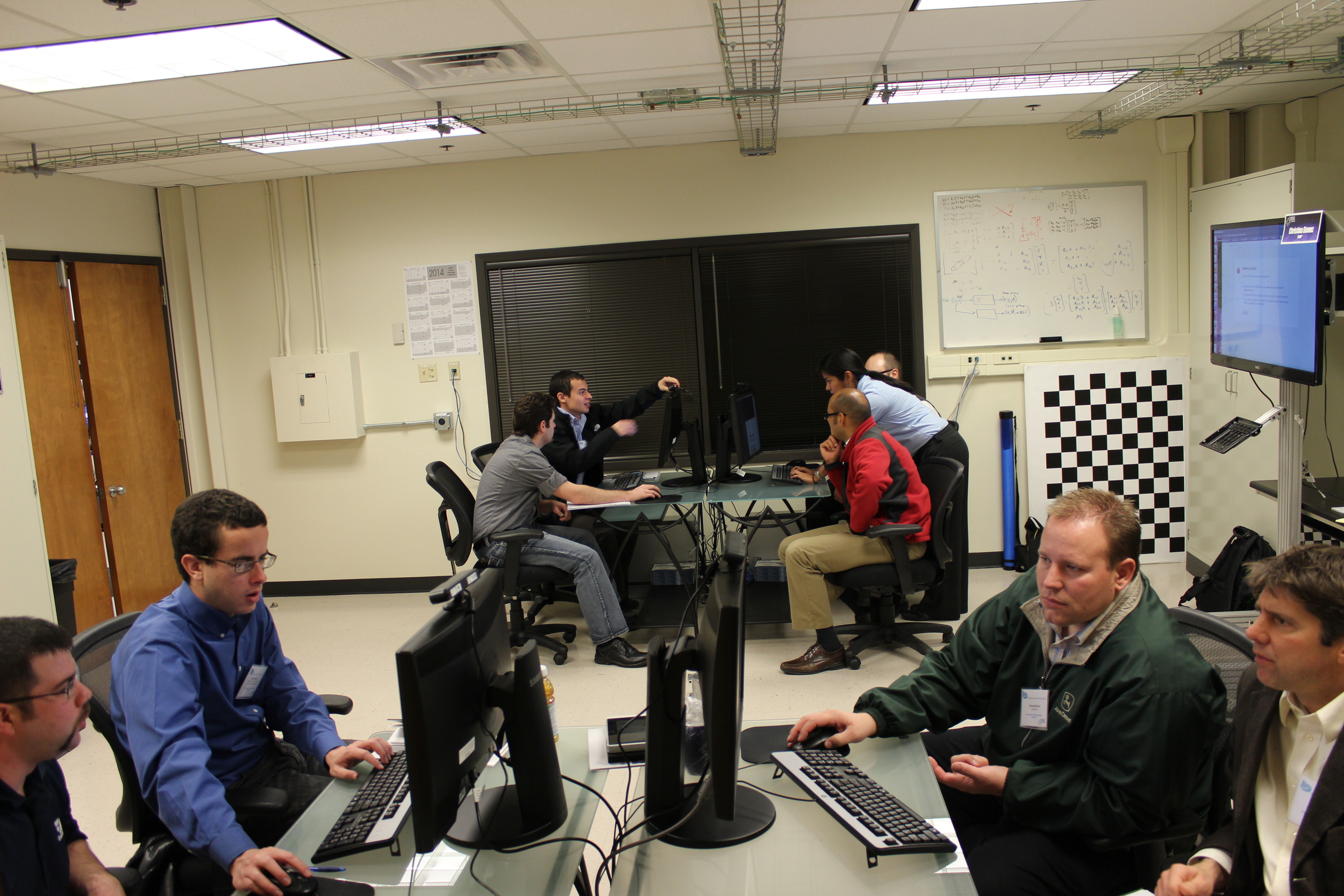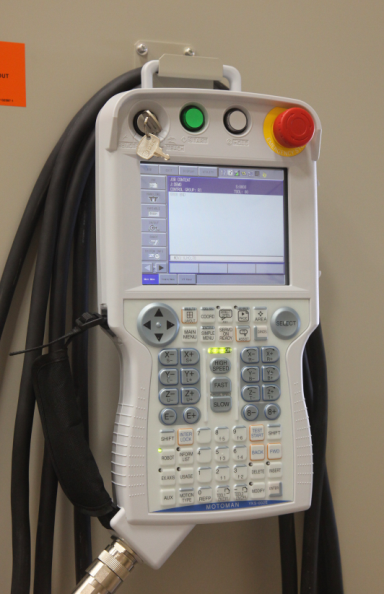A guest post by Robert Atkinson, President, Information Technology and Innovation Foundation
With U.S. job growth still anemic, some have latched on to a compelling explanation: “the robots are taking our jobs.” According to this line of thinking, high productivity driven by increasingly powerful IT-enabled machines is the cause of U.S. labor market problems, and accelerating technological change will only make the problem worse.
These arguments are not new. Over the last century whenever unemployment has risen some have always blamed machines. But what’s different today is how widespread this “neo-Luddite” view has become and how well-received it is. Now it’s not just the tin-foil hat crowd that is warning that robots kill jobs; many elites now make the claim. In perhaps the most widely cited tract making this case, MIT professors Erik Byrnsolfson and Andrew McAfee state in Race against the Machine that “it may seem paradoxical that faster progress can hurt wages and jobs for millions of people, but we argue that’s what’s been happening.” In a New York Times op-ed entitled “Sympathy for Luddites,” Paul Krugman warns that “a much darker picture of the effects of technology on labor is emerging. In this picture, highly educated workers are as likely as less educated workers to find themselves displaced and devalued.” Even 60 Minutes has jumped on the bandwagon, claiming in a program entitled “Are Robots Hurting Job Growth?” that “technology…is putting new categories of jobs in the sites [sic] of automation—the 60 percent of the workforce that makes its living gathering and analyzing information.”
Indeed, this is what is most troubling. In the past, neo-Luddite anti-progress views were episodic, emerging occasionally when joblessness spiked but then receding, and they were going against the grain of the uniquely American faith in the desirability and inevitability of progress. Today that faith is waning, which points to the real threat that anti-robotism presents: the view that machines are a problem and not the solution saps the American spirit of its relentless and aggressive support for innovation and progress.
As we show in our ITIF report, “Are Robots Taking Our Jobs, or Making Them?” there’s only one flaw in this Luddite, anti-machine narrative: it is completely wrong and not supported by data, scholarly evidence or logic. These neo-Luddites make a fallacious correlation between today’s high unemployment and the cool technology they see around them (e.g., smart phones, airport kiosks, IBM’s Watson on Jeopardy). They believe that when technology allows more work to be done with fewer workers, those jobs are gone and the workers are added to the unemployment rolls.
But this is what economists call the “Lump of Labor” fallacy, the idea that there is a limited amount of work to be done and if a job is eliminated, it’s gone for good. But this is a false reading of the process of technological change because it doesn’t include second order effects whereby the savings from increased productivity are recycled into the economy in the form of higher wages, higher profits, or reduced prices to create new demand that in turn creates other jobs.
Certainly U.S. history bears out the notion that productivity growth goes hand-in-hand with growth in employment. Indeed, America’s most productive years have been followed by our years of lowest unemployment. This correlation is shown in the 2011 McKinsey Global Institute report, “Growth and Renewal in the United States: Retooling America’s Economic Engine” which looked at annual employment and productivity change from 1929 to 2009 and found that increases in productivity are correlated with increases in subsequent employment growth.
It’s also borne out by virtually all scholarly research looking at the relationship between productivity and job growth. Some few studies find that employment decreases in the short run in response to a productivity shock, but that jobs grow in the medium to long term. Most studies find no negative effect on employment, and some have found a positive relationship, with increases in productivity leading to more jobs. An OECD study sums it all up: “historically, the income-generating effects of new technologies have proved more powerful than the labor-displacing effects: technological progress has been accompanied not only by higher output and productivity, but also by higher overall employment.
Even many of those who acknowledge that new jobs will be created worry that this time is different and that there will not be enough of them to replace the lost ones, even in the long run. They warn that a time will come, sooner than we think, when even new “jobs” will be better done by machines, and unemployment will skyrocket. How do we know that humans will always be better at some work—or more importantly, enough work—than machines? One reason is that our economy is complex, with a broad range of industries and occupations, some amenable at a particular time to automation, most others that are not (think physical therapy, business consulting, landscape gardening). Another is that technological change doesn’t happen overnight—and current productivity increases are actually trending down. But the main reason is that human wants are close to infinite—we need look no further than the fact that most people would love to win the Powerball lottery. With the average U.S. household income around $50,000 a year, most Americans would have no problem spending all the money they make if their incomes increased by a factor of 5 or even 10. And as long as that is true, those wants will require labor to fill them.
It is time to consign neo-Ludditism and its particular refrain that technology costs jobs once and for all to the dustbin of history. Robots, automation, machines, productivity: these are key enablers of human progress and absolutely no threat to overall employment. As such, economic policy should at every possible opportunity not give in to neo-Luddite exhortations, but instead put the “pedal to the metal” for higher productivity and more “robots.”




















